snakes 1-10
1/14
There's no tags or description
Looks like no tags are added yet.
Name | Mastery | Learn | Test | Matching | Spaced |
|---|
No study sessions yet.
15 Terms
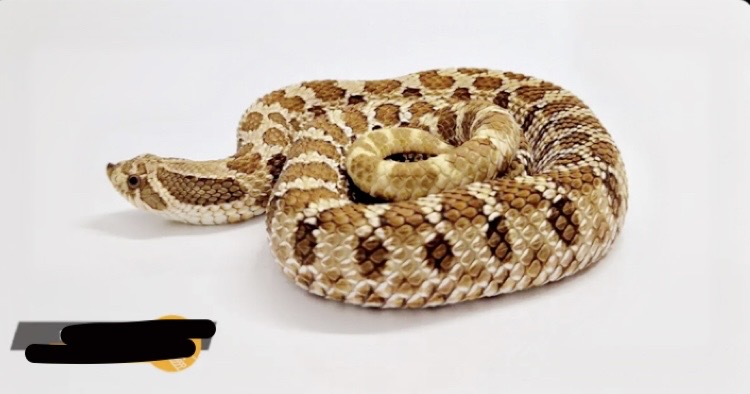
NORMAL. Normal, also called wild type, is the most common morph. Normals have a variety in colors from brown/yellow, brown/green and brown/red. The belly of a normal hognose is either solid black or black with spots of brown or yellow. Sometimes these spots can even be orange. The pattern of a normal hognose usually consists of bigger blotches on the back and smaller blotches on the sides
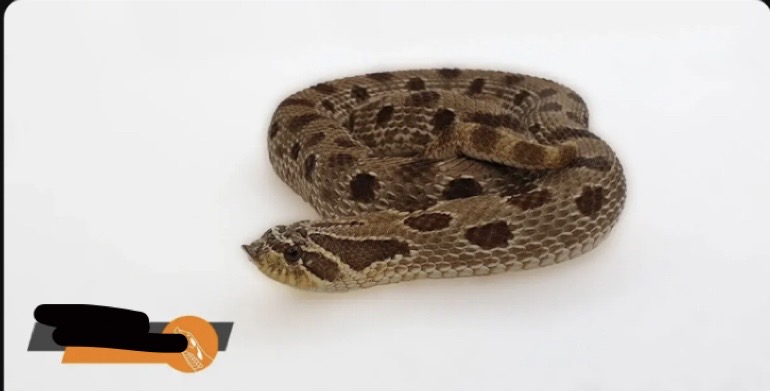
ANACONDA. Type: incomplete dominant. Anaconda is a heterozygous incomplete dominant mutation in the pattern of the snake. Many blotches connect with each other and the side-pattern disappears. The belly has a solid black color, with sometimes an exception with which there are speckles. When you breed two anaconda types with each other, you will get the homozygous incomplete dominant superconda morph. This morph was named after the anaconda snake, because of the similarity in pattern.

SUPERCONDA. Type: incomplete dominant. Superconda is a homozygous incomplete dominant mutation in the pattern of the snake. This mutation creates a patternless snake with the standard head pattern. When you breed two anaconda types with each other, you will get the homozygous incomplete dominant superconda morph.
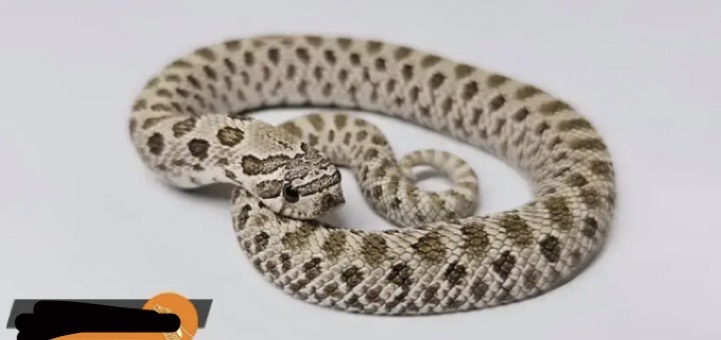
ARCTIC. Type: incomplete dominant. Arctic is a heterozygous incomplete dominant mutation. Typically the arctic gene has black or white borders around the dorsal blotches and visible eyebrows. Arctics get lighter with every shed. When you breed two arctics with each other, you will get the homozygous incomplete dominant superarctic morph. At first this morph was called JMG Axanthic, but later the term arctic was used
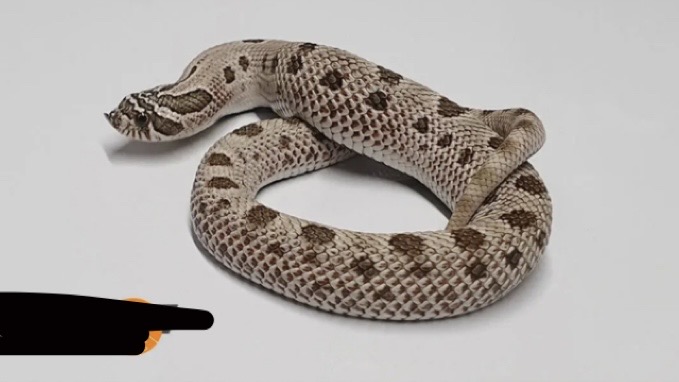
GREY FROG. Type: combination. Grey Frog is a combination of the heterozygous incomplete dominant arctic mutation and the heterozygous incomplete dominant anaconda mutation. This combination is lighter in coloration compared to the normal anaconda morph

PLATINUM. Type: Combination. Platinum is a combination of the heterozygous incomplete dominant arctic mutation and the homozygous incomplete dominant superconda mutation. The arctic influences give this snake a lighter coloration. For the young ones this combination commonly has some sort of striping on the back

SUPERARCTIC. Type: incomplete dominant. Superarctic is a homozygous incomplete dominant mutation in the pattern and color of the snake. Superarctic stimulates melanin and reduces other pigments, specifically the background pigment. The mutation is recognized by its white background with pink or tan colors and gray blotches with big concentrations of melanin. With each shed they become lighter in color. As hatchlings they hatch out almost black. After the first shed this dark color has already brightened up. The eyes are solid black

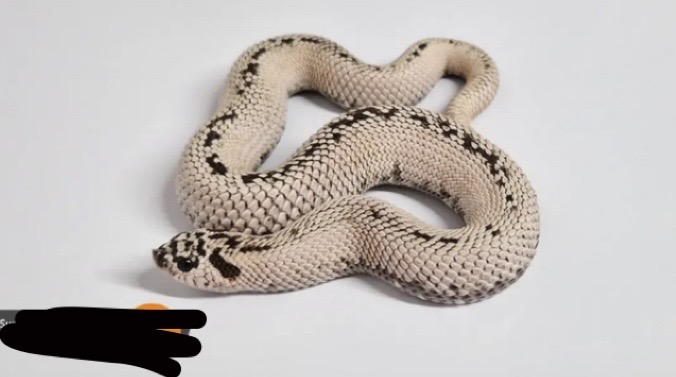
SUPERARCTIC SUPERCONDA. This is a combination of the homozygous incomplete dominant superconda mutation. This combination often has a full stripe or absolutely no pattern on the back. Since this combination contains the superarctic morph the color changes drastically within the first couple of sheds. They change from all black hatchlings to white snakes with black head pattern
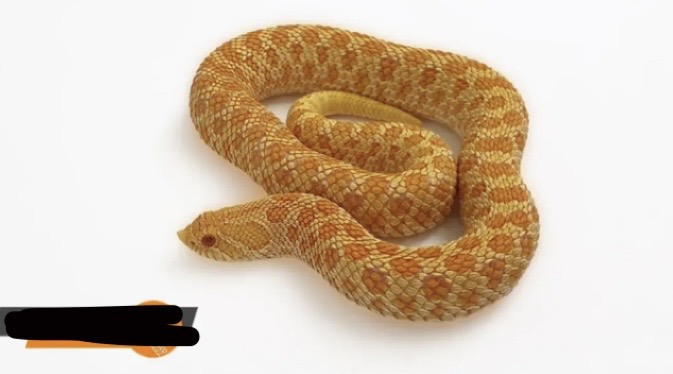
ALBINO. type: recessive. The albino morph is a recessive mutation and is one of the most common morphs. An albino has a lack of melanin. The lack of melanin makes it that the snake has less brown-black pigmentation and that snake gets a red, orange, or yellow color. You can recognize an albino with its red eyes